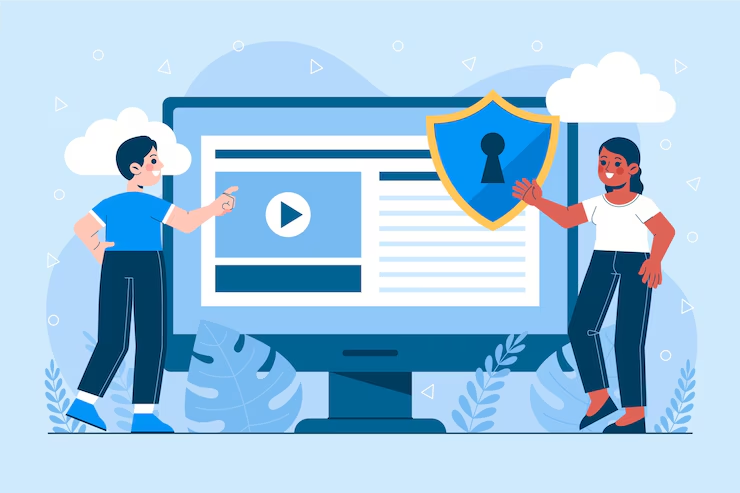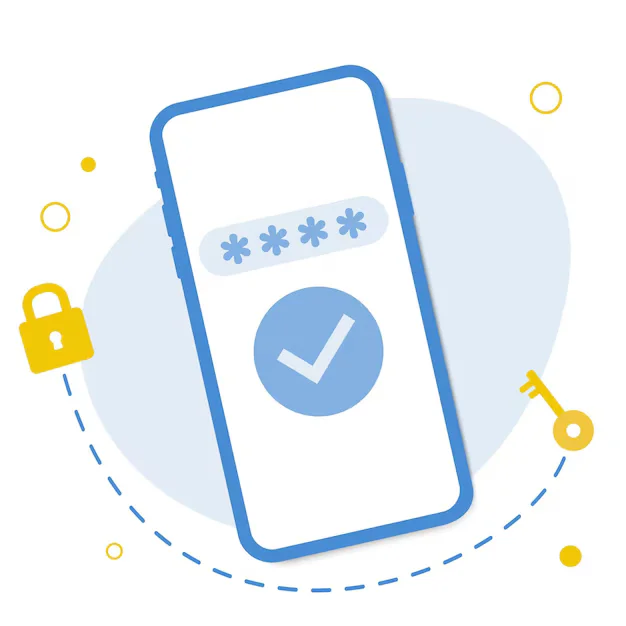WordPress Security Tips: Protecting Your Website provides essential practices to safeguard your site from threats and vulnerabilities. It covers actions like using strong passwords, updating plugins and themes, and limiting login attempts. Implementing security plugins and enabling two-factor authentication are also recommended. Regular backups and secure hosting add extra layers of protection. These tips help keep your WordPress website safe, stable, and trustworthy.
Top 10 Common WordPress Security Vulnerabilities
WordPress powers millions of sites — making it a prime target for hackers. This post covers the most common security flaws like outdated plugins, weak passwords, and file permission issues. We explain how these vulnerabilities work and how to fix them. Understanding the threats is the first step in securing your site. Stay ahead by knowing where attacks begin.
How to Secure Your WordPress Admin Area
The wp-admin panel is a critical target for brute-force attacks. Learn how to protect it by changing login URLs, limiting login attempts, and enabling two-factor authentication. We’ll also show you how to restrict access by IP. Securing your admin area blocks many direct threats. Keep your backend for your eyes only.
Essential WordPress Security Plugins You Should Use
Security plugins make it easier to monitor, protect, and patch vulnerabilities. This blog lists powerful tools like Wordfence, Sucuri, and iThemes Security. We explain what each does and how to configure them for maximum protection. Add layers of defense without coding. A simple plugin can make a big difference.
How to Set Strong Passwords and Manage User Roles
Weak passwords are one of the biggest security risks. This post teaches how to create secure credentials and assign proper user roles. Limit access to critical features based on responsibilities. We’ll also recommend password manager tools. Proper user access management is key to preventing unauthorized actions.
Keeping WordPress Core, Themes, and Plugins Updated
Outdated code is a major entry point for hackers. This article shows why regular updates are crucial for security. Learn how to enable auto-updates or use staging sites for safe testing. We’ll also explain how to track plugin vulnerabilities. Stay safe by staying up to date — it’s simple but effective.
Using Two-Factor Authentication for WordPress Login
Add an extra layer of login security with two-factor authentication (2FA). This guide shows how to implement 2FA using plugins or authenticator apps. Even if a password is compromised, your site stays protected. Perfect for admins, editors, or any sensitive role. Simple to set up, but powerful in practice.
Implementing HTTPS and SSL in WordPress Sites
Securing your site with HTTPS ensures data is encrypted in transit. This post walks you through installing an SSL certificate, updating your WordPress settings, and fixing mixed content errors. It also improves trust and SEO. HTTPS is now a basic requirement for any website. Don’t launch without it.
Blocking Spam Comments and Bots on WordPress
Spam isn’t just annoying — it can harm your site’s credibility and security. This blog explores anti-spam plugins, CAPTCHA systems, and comment moderation tips. We also show how bots exploit forms. Clean up your site and stop automated abuse. A safer, smoother user experience starts with clean comments.
How to Scan Your WordPress Site for Malware
Malware can lurk in your site files undetected. This guide shows how to perform manual and plugin-based malware scans. Learn to identify suspicious code and remove infections safely. We recommend tools like MalCare and Sucuri. Regular scans help you stay proactive. Catch threats before they cause damage.
How to Backup Your WordPress Site Automatically
Backups are your safety net if something goes wrong. This article explains how to schedule automatic backups using tools like UpdraftPlus or Jetpack. Store backups in secure cloud locations. We also cover how to restore your site quickly. Backups give you peace of mind and protect your data.
Limiting Login Attempts to Prevent Brute Force Attacks
Brute-force login attacks flood your login page with password guesses. This post teaches how to stop them by limiting login attempts and tracking suspicious activity. Use plugins or server settings to block repeated failures. Reduce the risk of unauthorized access significantly. Simple measures make a big impact.
File Permissions and Secure wp-config.php Settings
Your site files hold sensitive information — especially wp-config.php. Learn how to set the correct file permissions to restrict access. We also show how to move wp-config.php above the root and disable file editing via dashboard. Hardening your file system is a critical security step.
Disabling XML-RPC to Prevent Exploits
The xmlrpc.php file is often abused by hackers to execute attacks. This blog explains what XML-RPC is and how to disable it if not needed. We also share code snippets and plugin options. Block a common attack vector in minutes. One less door open for attackers.
Monitoring WordPress Activity Logs for Suspicious Behavior
Knowing what happens on your site is key to catching issues early. This guide shows how to track logins, content edits, and plugin changes using activity log plugins. Detect unauthorized access or strange behavior instantly. Keep an eye on everything without watching all the time. Visibility = control.
Creating a WordPress Security Checklist for 2025
Stay organized with a clear security maintenance routine. This article helps you build a monthly and yearly security checklist — from updates and backups to scans and permission audits. Follow this list to avoid critical errors and gaps. A secure site needs ongoing care. Make security a habit, not a one-time task.







